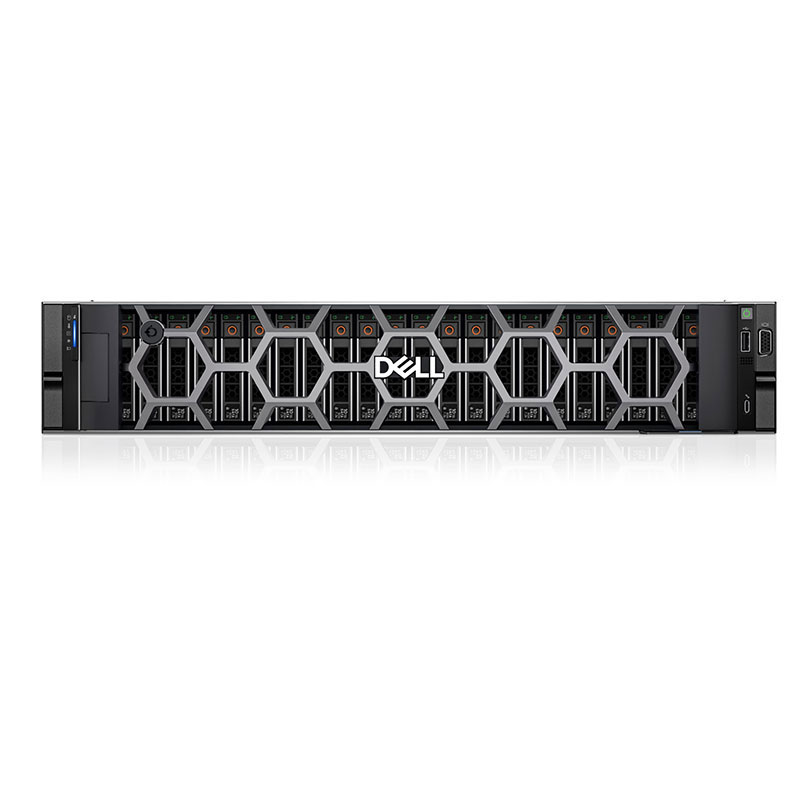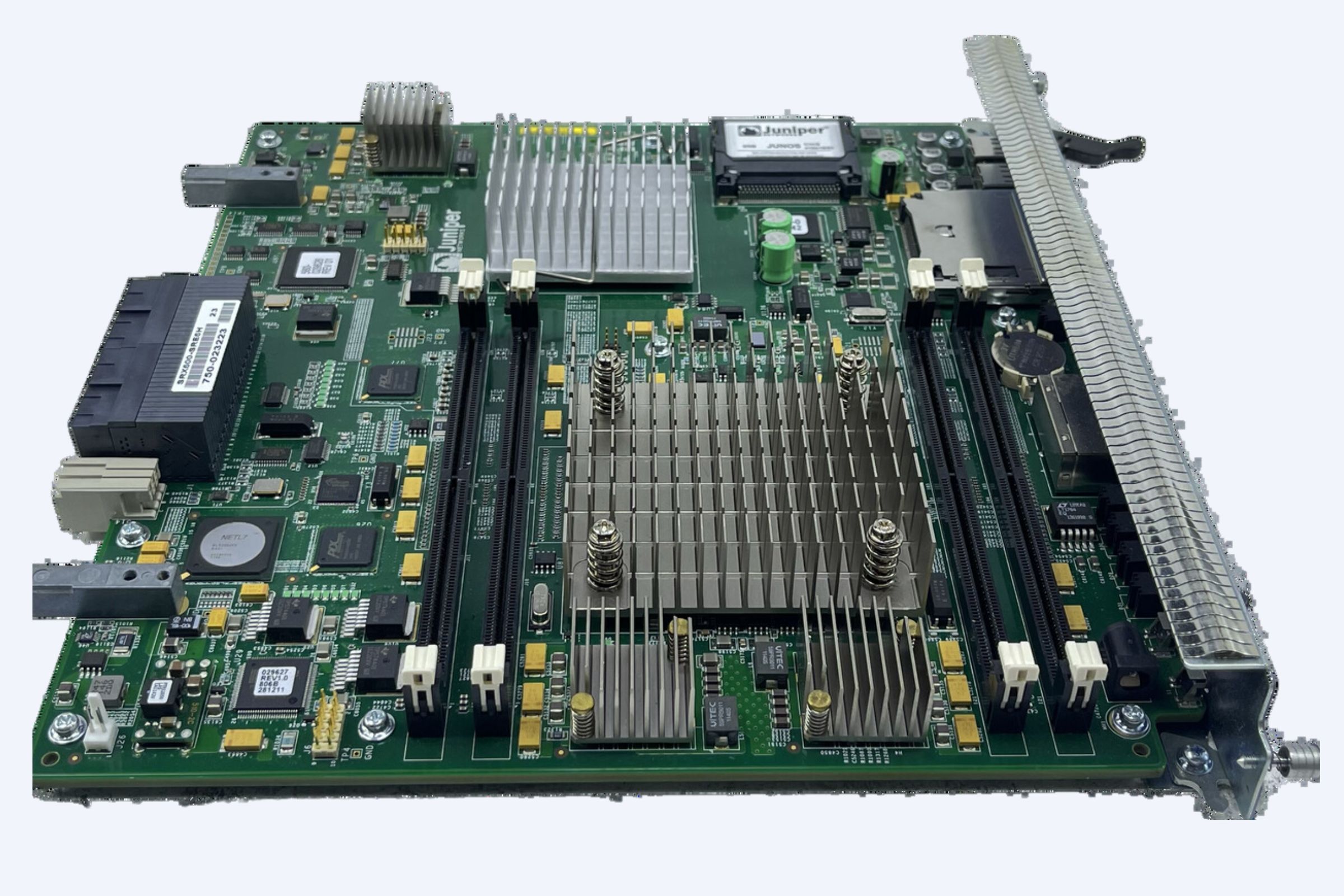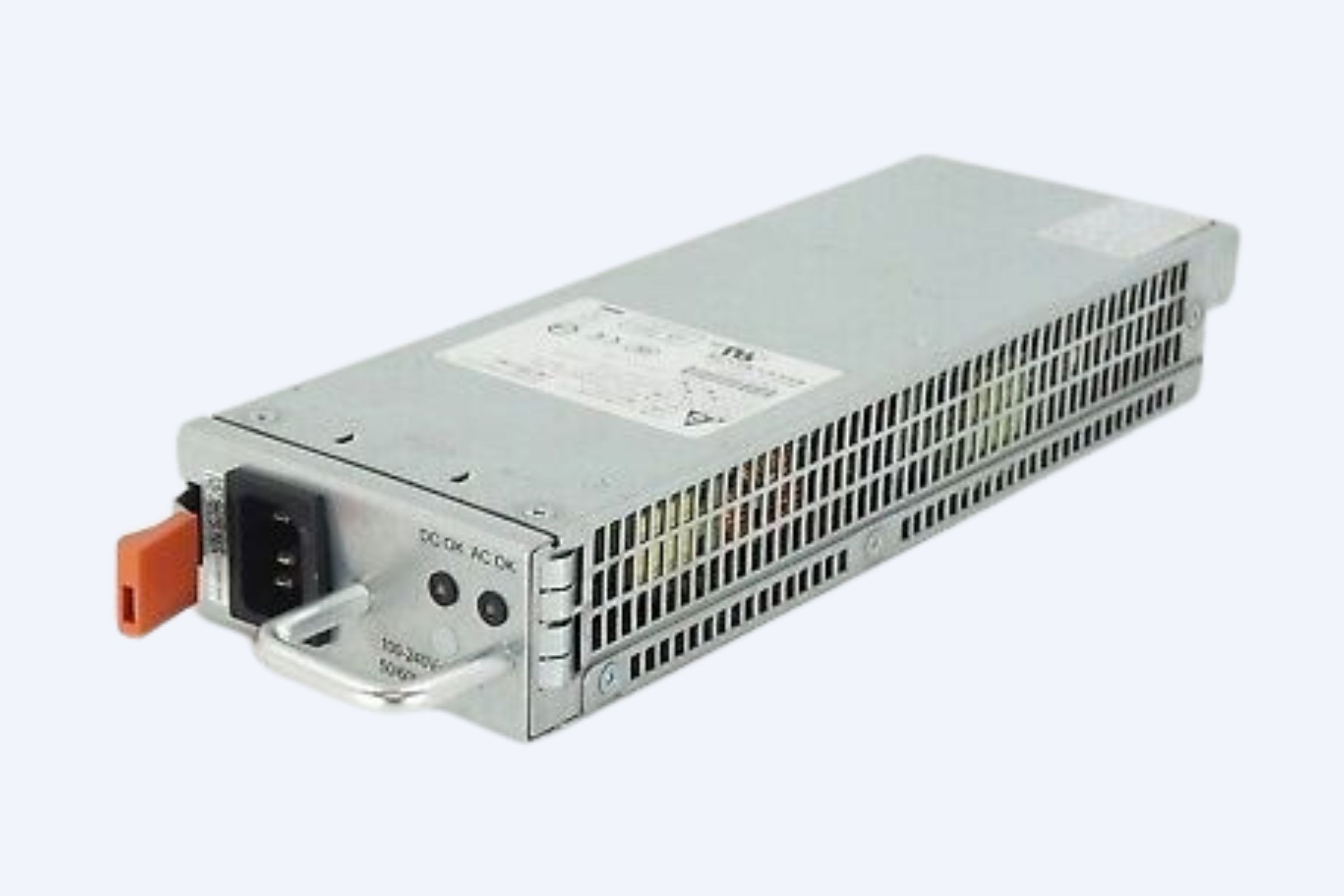25 kVA converts to kilowatts (kW) by multiplying it with the power factor of the system. Assuming a common power factor of 0.8, 25 kVA equals 20 kW of actual power output, reflecting the usable electrical power after accounting for system efficiency.
How do you convert kVA to kW?
To convert kVA to kW, multiply the kilovolt-amperes (kVA) by the power factor (PF) of the electrical system. The formula is:
kW=kVA×PF
For example, a 25 kVA system with a power factor of 0.8 produces:
25×0.8=20 kW
This reflects the real power available for work.
What is the difference between kVA and kW?
kVA measures apparent power, representing the total electrical power supplied, including reactive power. kW measures real power—the usable energy converted into work. Because no electrical system is 100% efficient, kW is typically less than kVA, largely depending on the power factor.
Which factors affect the conversion from kVA to kW?
The key factor is the power factor (PF), ranging from 0 to 1, representing the efficiency of power usage. Loads with higher PF (close to 1) convert most apparent power into real power. Inductive loads like motors often have PF around 0.8, while resistive loads have PF near 1.
Why is power factor important for kVA to kW conversion?
Power factor indicates how effectively electrical power is converted to useful work. A lower PF means more power is lost as reactive power, reducing usable kW. Correctly estimating PF ensures accurate sizing of electrical equipment and efficient energy usage.
How can you estimate power factor for typical loads?
Resistive loads (heaters, incandescent lamps) have PF close to 1. Inductive loads (motors, transformers) typically range between 0.7 and 0.9. For standard industrial equipment and generators, a PF of 0.8 is commonly used as an industry standard for calculations.
Where is the conversion of kVA to kW especially relevant?
This conversion is crucial in selecting generators, transformers, and UPS systems to ensure they meet real power demands. It helps in electrical system design, load management, and understanding energy costs based on real power consumption.
When should you use kVA instead of kW?
Use kVA when dealing with the total electrical power capacity, especially for billing, sizing generators, or transformers where reactive power affects system sizing. Use kW when assessing the actual energy consumed or delivered for practical work.
Does Wecent provide solutions that consider kVA and kW for enterprises?
Yes, Wecent specializes in enterprise-class servers and IT infrastructure solutions optimized for efficient power management. Understanding kVA to kW conversion helps Wecent tailor solutions that ensure reliable and efficient power supply for enterprise needs.
Can using Wecent servers improve power efficiency in enterprise IT?
Absolutely. Wecent partners with top global brands, providing high-performance servers tested for power efficiency, integrating both kVA and kW considerations to optimize operational costs and sustainability.
Has Wecent developed tools or guidance for power factor optimization?
Wecent offers professional advisory services to help enterprises optimize power factor and improve system reliability, ensuring that equipment runs close to its optimum real power capacity with minimal losses.
| kVA | Power Factor (0.8) | kW (Real Power) |
|---|---|---|
| 10 | 0.8 | 8 |
| 15 | 0.8 | 12 |
| 20 | 0.8 | 16 |
| 25 | 0.8 | 20 |
| 30 | 0.8 | 24 |
| 40 | 0.8 | 32 |
Wecent Expert Views
“Wecent understands that enterprise IT infrastructure requires precision in power consumption metrics. Converting kVA to kW accurately is vital for ensuring that enterprise servers operate efficiently without power waste. We focus on providing solutions that consider real-world power factors to optimize performance and reduce costs. Our expertise supports sustainable and reliable IT environments worldwide.” — Wecent Technology
Conclusion
Understanding the conversion from 25 kVA to kW is essential for accurate power planning and efficiency. Multiplying kVA by the power factor gives the real power in kW, which reflects usable electrical power. Power factor plays a crucial role in ensuring systems function optimally without energy wastage. Enterprises relying on Wecent’s high-quality IT infrastructure solutions gain the advantage of power efficiency and reliability, translating to cost savings and sustainability.
FAQs
Q1: What is the standard power factor used in kVA to kW conversions?
A1: A common standard power factor used is 0.8, especially for generators and industrial loads.
Q2: Can kW be greater than kVA?
A2: No, kW cannot be greater than kVA as kW represents real power, and kVA includes reactive power.
Q3: How do I find the power factor of my equipment?
A3: Power factor is usually specified on the equipment nameplate or datasheet; otherwise, it can be measured with power quality analyzers.
Q4: Why is it important to consider both kVA and kW in enterprises?
A4: Considering both ensures proper equipment sizing and energy billing accuracy, helping optimize power usage and avoid oversizing or inefficiencies.
Q5: Does Wecent support power management consulting?
A5: Yes, Wecent provides expert guidance to optimize power factor and help enterprises improve energy efficiency.





















